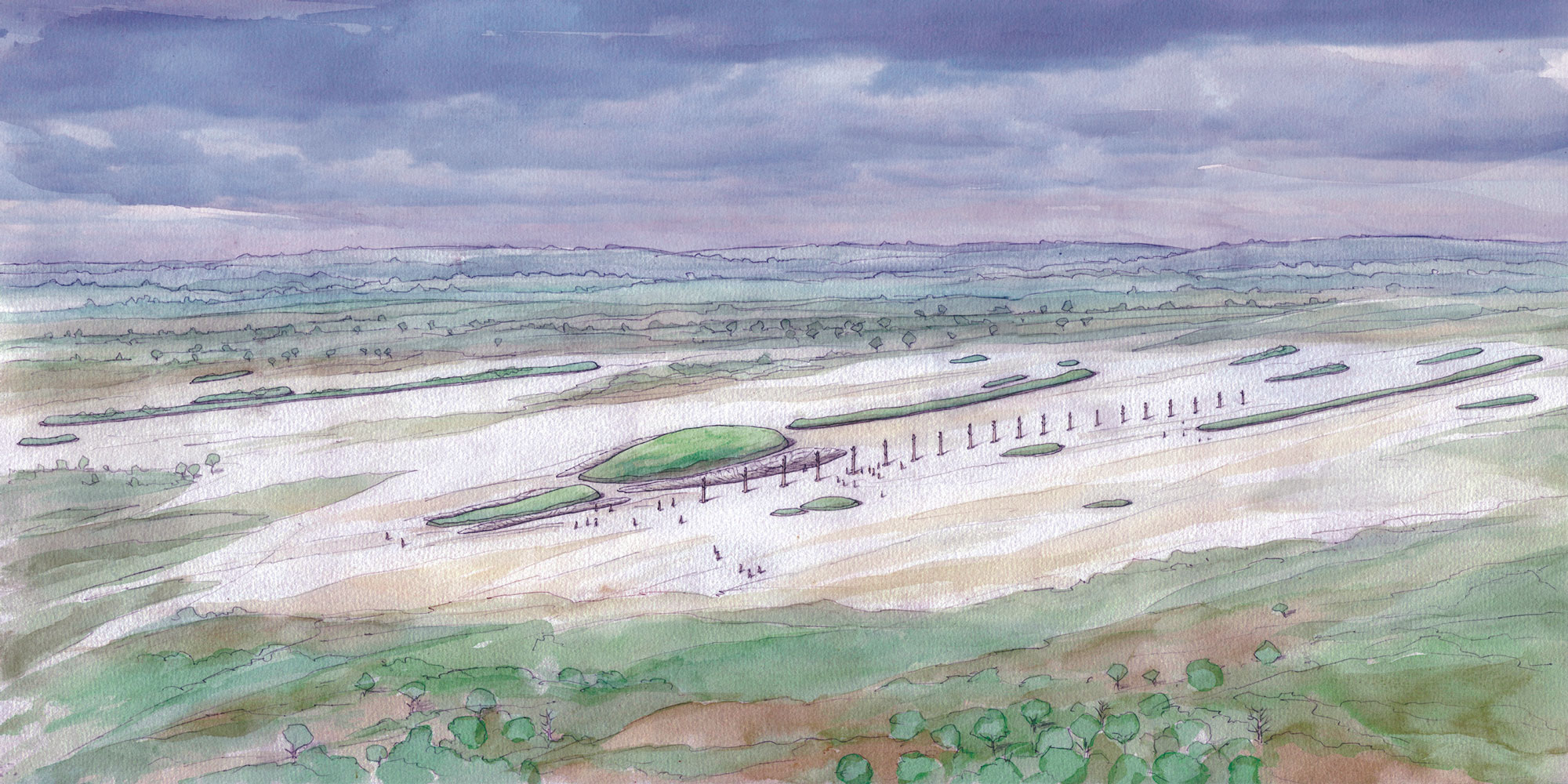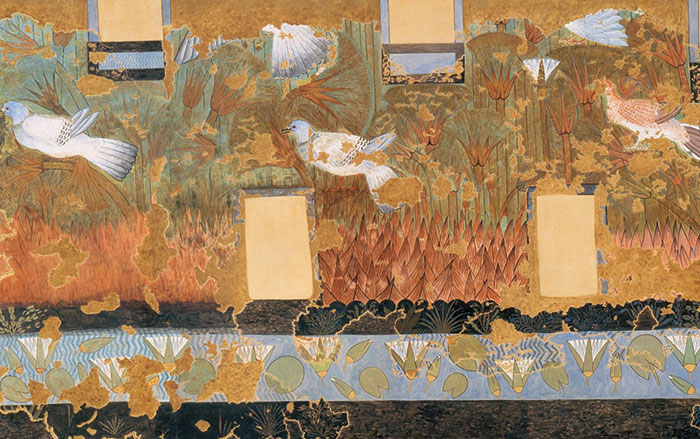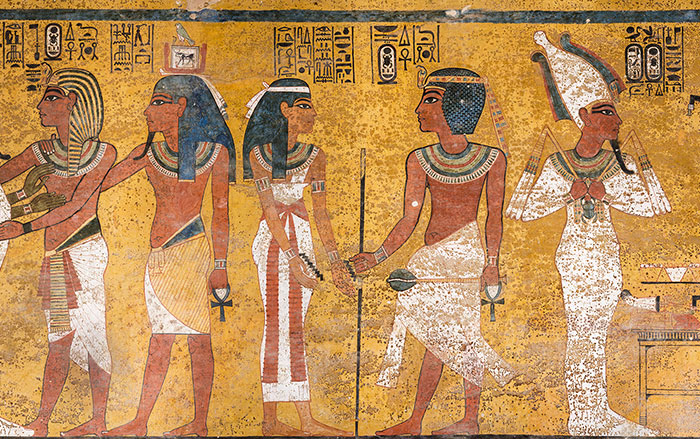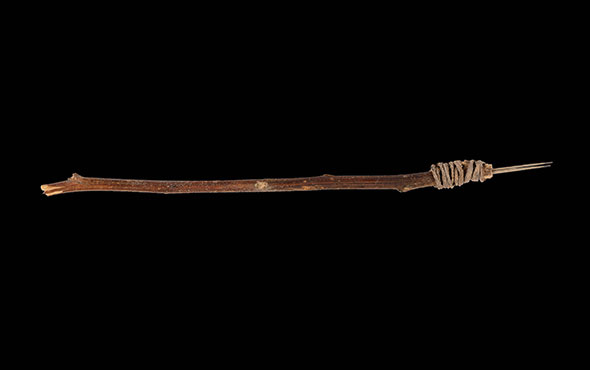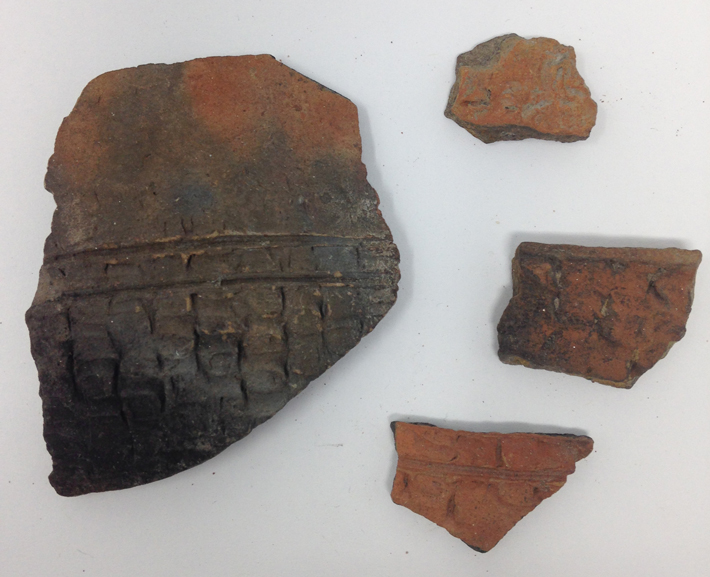
CHARLESTON, SOUTH CAROLINA—The Post and Courier reports that a fragment of Colonoware from Charleston’s Heyward-Washington House, the eighteenth-century home of a signer of the Declaration of Independence, and a similar fragment unearthed at Drayton Hall, a plantation on the Ashley River, may have been decorated with a West African decorative potting technique known as “rouletting.” Colonoware is low-fired, unglazed pottery that is thought to have been made primarily by Native Americans and enslaved Africans living in the southern American colonies. Rouletting is produced by rolling a tool over the clay surface, resulting in a honeycomb-like texture. “I am pretty sure these are the first identified instances of a clearly West African decorative potting technique on Colonoware in the United States,” said Jon Marcoux of Clemson University and the College of Charleston. He and his colleagues wonder if such designs on Colonoware, which is largely unadorned, could help researchers link pottery artifacts to different groups of people. “Charleston historically has a lot of people coming and going, and it gets more complicated all the time,” explained Martha Zierden of the Charleston Museum. “That is what makes it exciting. As a trans-Atlantic port city, almost anything and everything can be in Charleston.” To read more about colonial Charleston, go to "Mapping the Past: Catawba Map."



